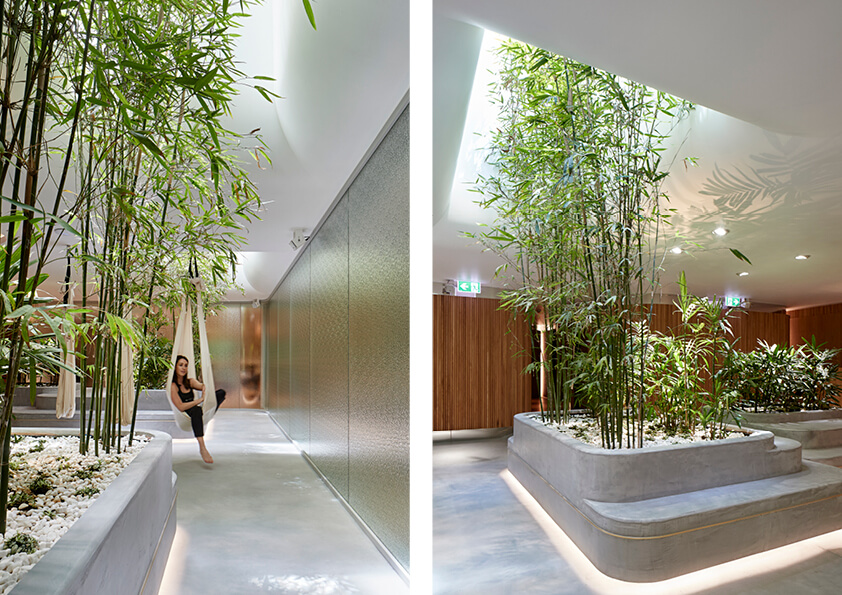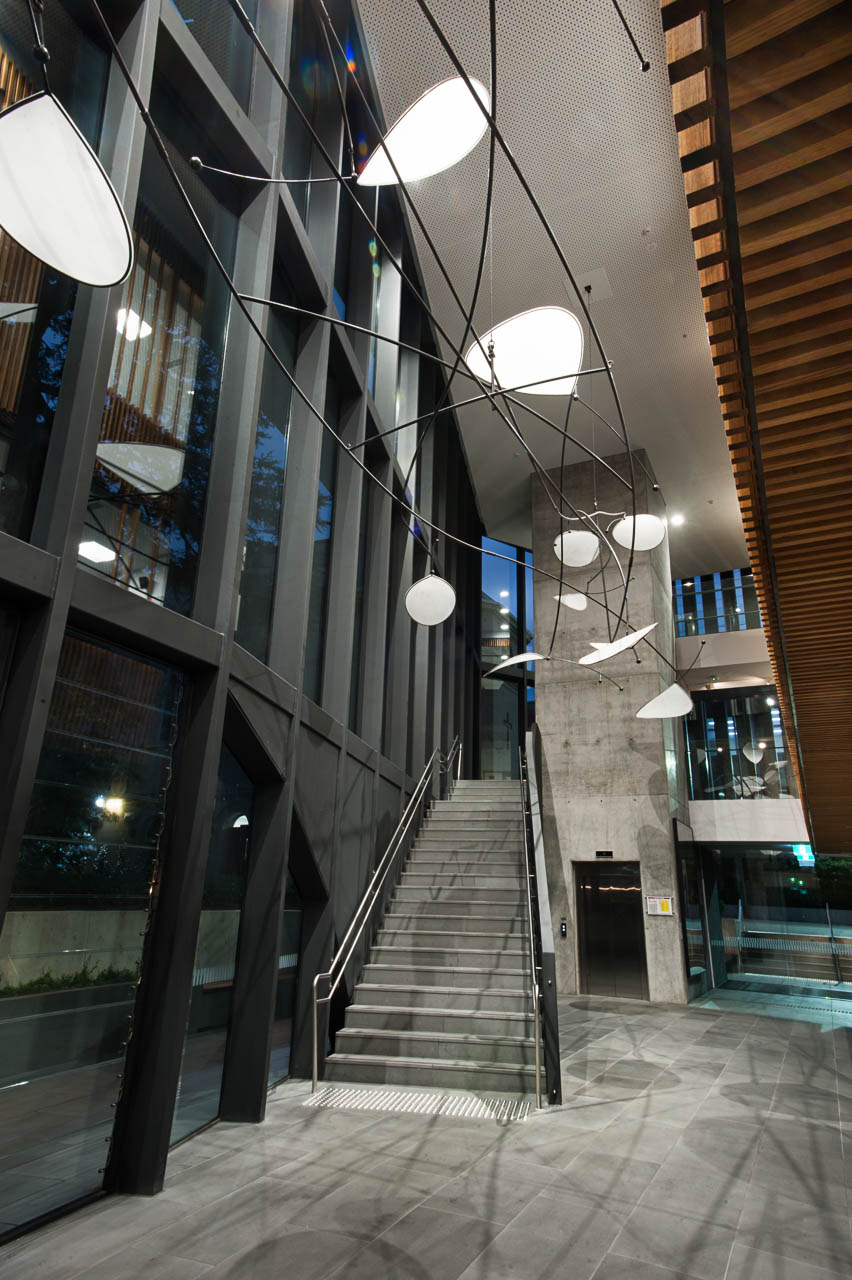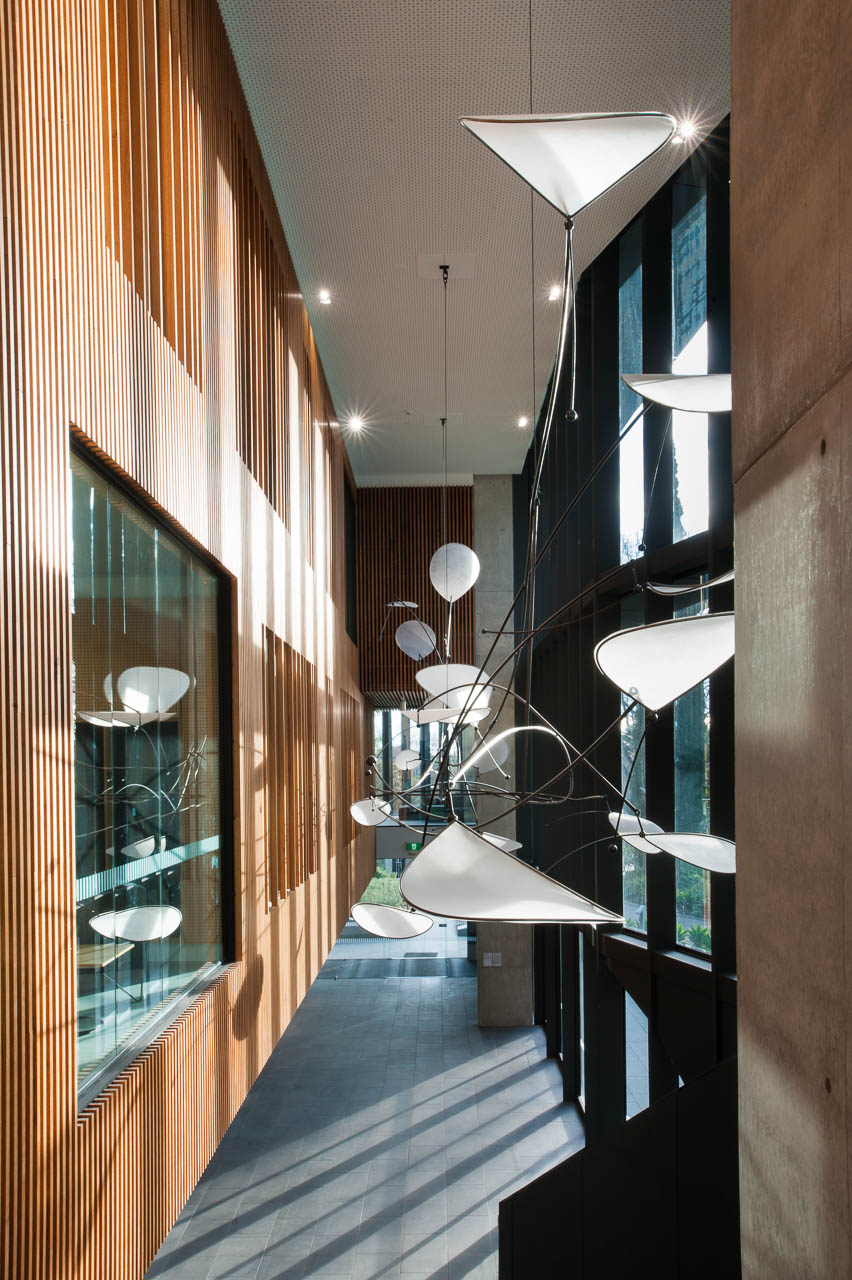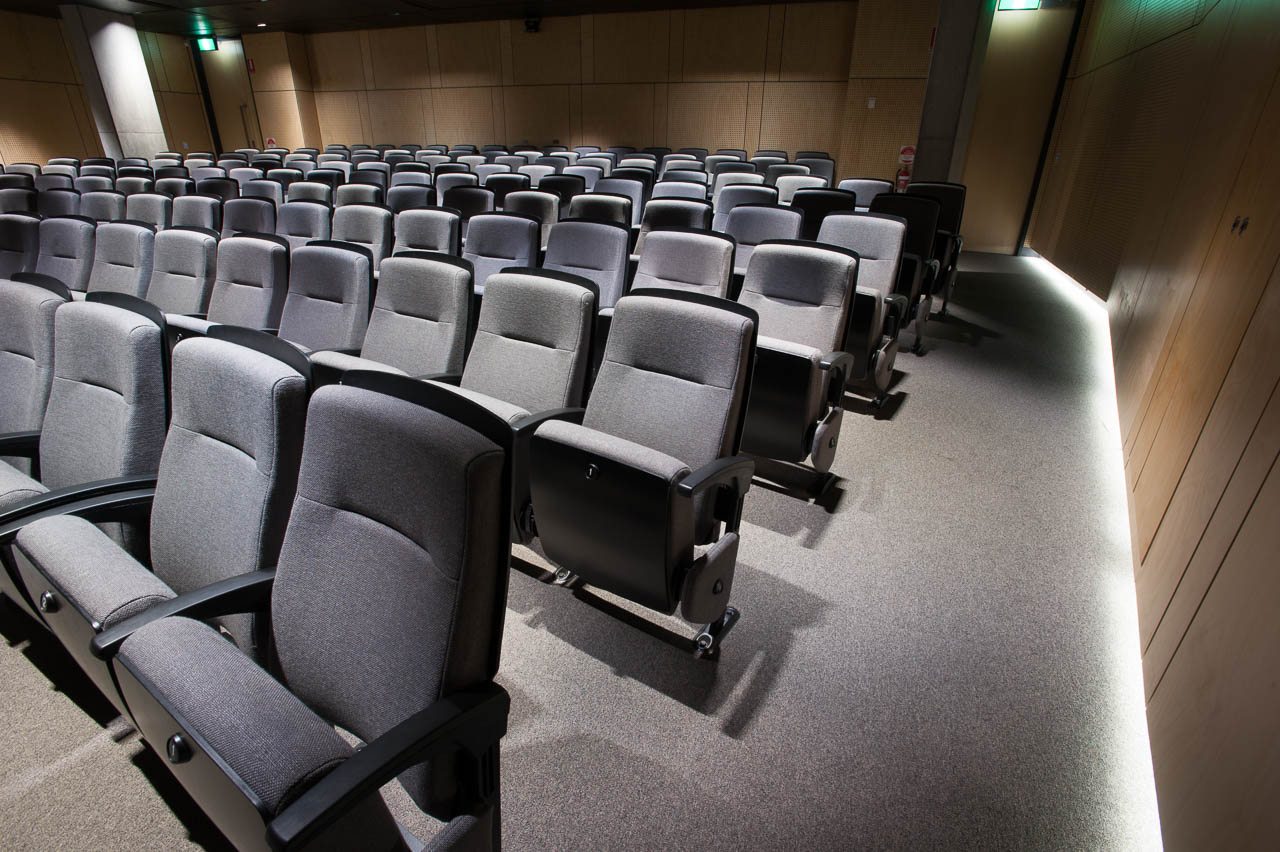Reflections
How do we navigate the path out of crisis? How do we make good on the issues of climate change, pandemic isolation, economic and educational disparity, and the generational and systemic abuse of our environment? By reflection, by diversity, and by surrounding a problem with different eyes, minds, and experiences, and allowing those reflections to come together in symbiotic and synergistic actions and resolutions.
Reflections brings together a group of creatives from various cultures, ages, social demographics, and widely differing artistic practises. It asks them to reflect on the problems humans face as a local, national and global community and how they can make good through the times they live as makers.
With the global community facing unprecedented multi-layered and far-reaching crises, this exhibition presents different perspectives to both the times in which we stand and the various approaches that one may take to move into the future while acknowledging, and where possible, correcting the errors of the past. By asking such a diverse group of creative people to reflect on how to address the theme of making good, the exhibition presents equally diverse and creative reactive pieces without preconceived notions on the resolution.
Host | Glowing Structures
Glowing Structures have had the honour of hosting exhibition Reflections, as part of Melbourne Design Week 2022.
Of the many facets of design the team are involved in, the creative lighting of art, form and sculpture is an area we are extremely passionate about. The Glowing Structures gallery is a ‘celebration of light’, which we believe is the first of its kind in the world. It’s a place in which local artists and designers can collaborate to use the tools of light to enhance and embellish both art and everyday pieces alike.
The gallery is to be used to explore ways in which the characteristics of form, texture and colour are enhanced, maximising the potential of each piece through the use of a bespoke lighting solution.
We welcome all creatives and visitors to experience the gallery and explore how lighting can be used to alter one’s perception of a space or piece. A place where trial and error are part of the journey, having fun and celebrating light and new discoveries!
Ilan El
Multidisciplinary designer Ilan El was born in Israel, trained and practised as an architect before moving to Australia in 2005 to join RMIT’s Industrial Design Masters program. In 2010 he established ILANEL Design Studio, a product design practice located in Melbourne, specialising in the design and production of bespoke luminaires and large-scale light-based installations. Interested in the experiential quality of light and its potential for positive psychological and emotional effects, Ilan explores the colours of the visible spectrum to develop works with playful, interactive and automated elements.
His installations and work have been presented at Melbourne Design Week (MDW 17 – Departures, MDW 18 – Decoding Design, MDW 20 – Light + Life, MDW 21 – Wisdom of Objects); Globelight, Melbourne (2013 – 2016); and the National Gallery of Victoria’s 2019 Triennal. His large-scale commissions include an interactive lighting installation, ’39 Steps’ for the Justin Art House Museum, Melbourne (2019), a 13m long multi-tiered chandelier ‘Deco Grandeur’ for the Royal Bank Chambers, Melbourne (2015), as well as a variety of bespoke luminaires for high-end hotels and private residences across the globe.
Arthur Dimitriou
Arthur Dimitriou’s practice derives from the sounding natural and urban environments and is inspired by Brutalist architecture of the 1950s. The work draws a strong influence from his Greek heritage making links between antiquity and ruins with modernity, co-existing through the juxtaposition of contemporary materials to provoke subliminal forms. A focus on the minuscule details that are often overlooked or neglected over time, resulting in degradation, exposing the source and foundation of these grand monumental structures. Hence, this snapshot of the internal foundation is an inspiration for creating new and contemporary works.
In isolation within the gallery space, devoid of interference, the work can be appreciated for its strength and its solitude, providing a glimpse into parallels of the tangible forms and the intangible references that bridge the past with the present. Primarily working with concrete, reinforced bar and industrial steel, these materials help to create the foundation of his work. Experimentation with both natural and human processes are intertwined to alter the concrete structures, referencing architectural forms in their degenerative state over time and place. His works invite an investigation into the dilapidated and the forgotten, creating a forum for discussion of the natural interplay of erosion and the inevitable breakdown of what is created by humankind.
“Missing” by Ilan El & Arthur Dimitriou
The human condition prevents us from ever developing the capacity to acclimate to a life of isolation. Each passing lockdown only made the seclusion from those we love and the familiarity of an accessible world increasingly intolerable.
Aiming to emulate the entrapment we felt in our longing to truly experience an authentic sense of interconnectedness, not the digital simulacrum offered trough video chat or social media platforms, the concrete frames embody both the physical and psychological shackles that juxtapose the spontaneous energy we all wished to reignite while in isolation.
The infinity visuals, performed by the double-sided mirrors, exemplify the isolation abyss and the frustrating inability to see an end, whilst reflecting the reality of the present moment. Revealing temporary snapshots of the things we miss the most, further highlights the romanticised perception of life as we knew it. We chose red to symbolically express human connection, green for the great outdoors and blue as the oceans.
Our work acts to reflect the shared emotional consensus we experienced throughout the height of the pandemic. Through the expression of our innermost complexities, we wish to make good our injured souls and offer a narrative of hope as we enter the anticipated times of reparation.
Yan-Hong Huang
Yan is a multidisciplinary designer and artist based in regional Victoria. Informed by her observation of nature and of daily life. Yan creates sculptures with functionality and explores the intersection of art and design through her work. Yan has exhibited nationally and her work is found in both public and private collections.
“Red Thread”
In my childhood I played on the beach of Gulangyu Island Xiamen China, collecting shells and stones. This was the beginning of a collection which I have continued to make throughout my life as I moved around the world. Whatever beach I was standing on, as I’ve added a new piece to the collection, this reminds of my childhood, of my parents love, the ozone breeze of the sea and of the more recent places I have visited – all memories of happiness.
In this piece I have brought together items from my collection. Each represents a different time of life and place. Inside the glass vessel is a treasured photograph of my parents with me as a baby. The native seeds and pods mark the shift in my collecting when I arrived in Australia. The red thread, which binds everything together, I brought from China in 1989 during difficult times: it represents my heritage and my need to be connected to family. The twist and flow of the sculptural film reflects the unpredictability of my life and career. The pool of sand beneath stands for the fragility of life and our inevitable return to the land.
“Weeping Moon”
I’m fascinated with the moon. It is mysterious. I could watch it all night long. It was wherever I was in the world and I would project my emotions onto it. In happiness or sadness, it always brings a sense of calm to my heart.
This version of the moon came to me in a dream, floating in space, so close I could reach it. In the dream it had wings which opened and closed in slow motion. It wept tears as it tried to tell me a story.
Hedy Ritterman
Hedy Ritterman has academic achievements in psychology, design, photography and fine arts and has integrated these with her work/life experiences to carefully articulate her relationship to the world. Themes of love & loss, memory & memorialisation, rituals & identity underpin her projects. Her large scale, site-specific installations, using assemblage, soundscapes, photography and the architectural spaces themselves have been exhibited at Jewish Museum Australia,
(2017), Museum of Australian Democracy, (2018) local council and commercial galleries, public and domestic spaces. Hedy won the prestigious Human Justice Award in the 63rd Blake Prize in 2014, as well as being shortlisted in numerous other art prizes. Her works are part of the Cunningham Dax and Royal Melbourne Hospital collections as well as corporate and private collections in Australia and abroad.
“The Long Arc”
“Calendarium” March 2020 – October 2021
“Tasseography” 24th April, 2020
“Long Nights”
As the world turned to chaos during the Covid pandemic I longed deeply for a sense of order in my everyday realm.
Such daily rituals as visits to local cafes took on momentous significance. Confronted by overflowing rubbish bins, manifest by the Covid directive “takeaway only”, I felt compelled to collect each of my used disposable cups during the six Melbourne lockdowns. They became vehicles for contemplation, symbols for the need of social contact, banal routine and mapping time.
While photographing the 263 cups the spirit of Tasseomancy (coffee grounds or tea leaf reading) cast me in the role of ancient diviner conjuring meaning from the patterns of coffee’s residue.
The photographs were then designed as calendric grid, a visual representation of conceptual time merging and lapsing. The grid enabled order and, as Rosalind Krauss terms it, an “infrastructure for vision”, housing abstract imagery that evoke petri-dish microorganisms or cosmic space.
The Long Arc, a sculptural work, furthers the idea of artmaking as performance. Spiking the preserved cups was an intense physical act of rupture that mirrored the erratic feelings during the lockdown period. The ‘rupture dance’ was cathartic as process though the final vision of the scale of one person’s cup usage and its multiplier effect became disturbingly unfathomable.
What began as an introspective project during difficult times, evolved into musing on the creative act itself as space for expanded feeling, thinking and acting. Reflections emerged around the intricacies of inner lives together with our interconnectedness to the outer world, its ecosystems and the universe itself.
I believe that art and design have the transformative power to shift the everyday into the extraordinary and in so doing inspire meaningful connections, hope and healing.
George Angelovski
As a designer, photographer and artist, George Angelovski is dedicated to the creative and to making. He was educated at the Swinburne University of Technology and Transart Institute for Creative Research (an academic partnership with the University of Plymouth). Selected exhibitions include the Martin Kantor Portrait Prize (2021), Fotonostrum (2021), Singapore Art Week (2021), Olive Cotton Award (2019), Fisher’s Ghost Art Award (2019), and Globelight – new art+light festival (2013, 2014) with honourable mentions in Julia Margaret Cameron Award (2020), San Francisco Bay International Photography Awards (2020) and International Photography Awards IPA (2020, 2018).
Untitled, 2020 – 2022
The handmade four colour carbon ambrotype (positive photograph on glass) was designed with carbon in mind and to somehow make the world less dirty.
Historically, carbon black is smoke residual collected from oil lamps, bone or wood soot found in household chimneys. Today it is estimated that there are less than thirty practitioners of four colour carbon transfers left in the world, with only four places teaching; Spain (Calvin Grier), Canada (John Bladen Bentley), America (Tod Gangler) and Australia (Ellie Young). Guided by Ellie at Gold Street Studios in Trentham, sequestered black ink made from air pollution was applied to this 1850s photographic technique. Coated with black timber stain and captured carbon emission from India, the hoop pine ply frame was chosen for its Australian nativeness and Forest Stewardship Council (FSC) Certification. Viewing this immortal impression, it is highly probable George Angelovski created the first photograph made with air pollution two days before 22/02/2022.
Mourning Bright
Art from tragedy, beauty from death: In the Victorian tradition of Memento Mori and informed by her gothic aesthetic, Mourning Bright brings light to darkness challenging perceptions of death and grief by creating beautiful creations from what nature has discarded. Using only ethically sourced, non-native animals who died from accidental, natural, or environmental protection causes, no animal dies specifically for her work. Mourning Bright processes all bones herself, thus ensuring she knows the full provenance of every creature she works
with. Each animal is offered a blessing of gratitude for the lived it and the life it now becomes, as oddities art.
“Pleasure or Pain”
What happens when the damage of the past cannot be fixed? We can know a mistake was made but what does that count for? Unless we truly look, reflect on and acknowledge our part, individually and as a species, in the harm caused, how can we learn? How can we move on? We can accept shame, but can we transform that into something meaningful and respectful.
“Pleasure or Pain” asks you to look at the cyclical nature of our part in the damage done to creatures we have used, and continue to use, for our own purposes.
We introduced the fox to a land it was never intended to inhabit. We did so, so we could
hunt it for sport, for our pleasure.
We introduced the chicken to our land because we did not have faith that we, as an invasive white species, could survive on this land. We introduced it for our pleasure.
The fox turned from being a source of pleasure, to a creature reviled. And why? Because it hunts. Because it sees chickens as an easy food source. Because it does exactly what we did, and because it is successful at it.
So we continue to hunt the fox, with vilification and contempt for just trying to survive, with no respect or care, despite our role in it’s life and death.
“Pleasure or Pain” features a fox skull, killed by a hobby farmer in Erica, Gippsland. The shot pellets you see next to the bullet holes in the skull were recovered from within the skull itself and yet would not appear to be lethal. The nose, sweet looking, with whiskers, the part of other creatures we often snuggle up to, is used as part of proof of bounty when eradicating these creatures for money. The fact that this one was not, speaks to the manner in which the animal was simply discarded as rubbish without thought.
The chicken wings and feet were taken from a heritage cochin chicken, who died in Walhalla, Gippsland due to a fox raid on her pen.
The base is made from a felled cedar tree, also taken from Walhalla as an invasive plant.
By juxtaposing these elements, “Pleasure or Pain” brings respect and compassion to creatures, memorialising them. Making art from tragedy and beauty from death.
Heather Schwarz
Heather is a Melbourne-based interior designer and transdisciplinary creative. A self taught artist from an early age, she was inspired by the therapeutic beauty, resilience and spirituality of the natural world. Photography became a natural extension of her artistic expression. Inspired by colour composition and natural light (Chiaroscuro) and its ability to alter or affect the human experience, her work in black and white portrait photography for private clients, led to corporate print publication. Heather’s work has been exhibited in select Melbourne galleries, notably NGV (2013). Studying Interior Design at RMIT (2010-2014), her work was exhibited at RMIT Open Days, and requested for RMIT Student Archives. She continues to explore a variety of creative and design collaborations.
“Kinship” 2020
Touched by hand and heart, on a learning journey. I invite the viewer to reflect on the intrinsic connection
we share between nature and the inspiration we draw from it in our built environment. In line with MDW22 theme of “making good”, KINSHIP respectfully references the ancient Koori belief of totem’s significance, referencing the spirituality contained in emblematic depiction of an animal or plant, whatever our country of origin or culture, reminding us of our ancestry and symbiotic connection to nature.
This totem is a depiction between nature and our intrinsic cultural connections. Consisting of found objects. A discarded, then rescued Chippendale chair, originally designed by 18th Century Englishman Thomas Chippendale, entwine in an unfettered juxtaposition with beautifully textured and tangled form of a fallen Australian native Angophora Costata (Sydney Red Gum) and Sheoak (Casuarina) emerges from the centre of the chair, stretching skyward. Tillandsias surround the reflective mirror base representing an oasis of flora, air and water inviting the viewer to ponder our custodianship of the planet, and how connecting together, we have the power to nurture and heal our relationship with ecosystem that supports us.
Melbourne Design Week
Melbourne Design Week (MDW) celebrates design in an annual 11-day program of talks, tours, exhibitions, launches, installations and workshops across Australia’s design capital.
The program champions design through promoting its broad array of disciplines, including: communication design, industrial design, service design, gaming, architecture, interior design, landscape architecture, urban design, fashion, craft and functional art. What also unites these disciplines in MDW is a focus on experimentation, innovation and ideas that enrich the world.
The curation of the program is led by the NGV Department of Contemporary Design and Architecture team; Ewan McEoin, Simone LeAmon and Myf Doughty alongside Timothy Moore, Director of Sibling Architecture.
MDW is an initiative of the Victorian Government through Creative Victoria, and delivered by the NGV. The program is built on the enthusiastic engagement and participation of the design sector and the general public. Since 2017 the program has grown in scope and scale from just under 100 programs in 2017 to over 300 in 2022 making it Australia’s leading and largest design event.
Please visit the Melbourne Design Week website for more info.

























































































































